A Brief Lesson On Torque And How It Affects Performance
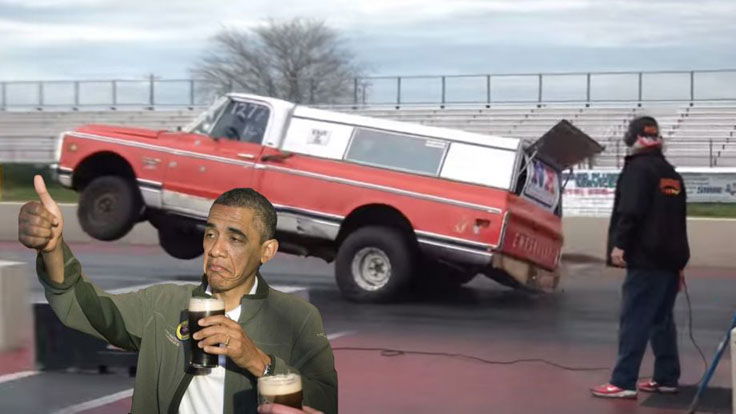
There can be no horsepower without torque. I’m not just saying that because I like an engine with a nice, thick, low-end power band. When it comes to internal combustion engines, horsepower is mathematically connected to torque. You can’t have one without the other.
Now I’ll be the first to admit I’m not an engineer. That’s why I contacted a friend of mine from my Ford days who is an engineer to help me explain this. Not only that, he’s driven an E46 M3 through numerous Michigan winters just for the fun of it, so he’s certainly not against high-revving superstar performers. But he’s forgotten more about engines and horsepower and performance applications than most of us will ever know, so I tend to listen when he talks cars. We’ll call him Bob, because Bob’s line of work requires a certain level of anonymity.
With that in mind, Bob says:

Why 5252? Because that’s the RPM where horsepower and torque cross on a normally scaled dyno plot. Seriously, Google “engine dyno plot” and look at the images. Now, there are some fairly technical reasons why 5252 is the magic number, and if you really want to get that deep into it, there are plenty of technical colleges that offer great engineering programs. Or Google can give you the two-page overview. For our purposes, just know that this is how engines do what they do.
It’s also how dynos do what they do. When you pull onto a rolling road to see how much horsepower you gained (or lost) from your spanking-new cold air induction kit, the dyno isn’t actually measuring horsepower. It measures torque, engine speed, then uses the above equation to calculate horsepower as measured at the wheels.
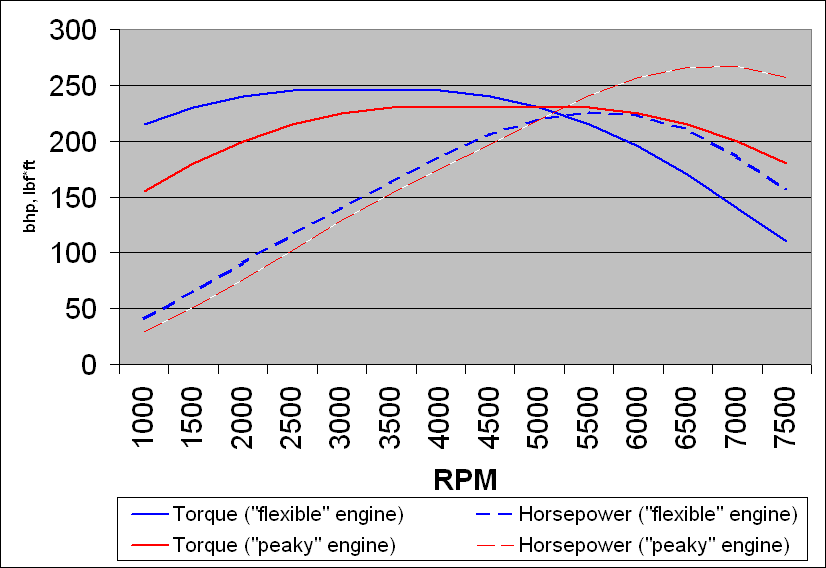
That’s all well and good, but what does that mean for real-world applications? There are many different engine combinations that make power in different ways, but for our purposes we’ll break it down to just a couple of arrangements.
One: A large displacement engine that operates at a slower speed. The size allows for larger volumes of air to enter at one time, creating a bigger boom with each firing of the spark plug. This generally results in more rotational force at a slower speed, and that means more horsepower is also available at a slower speed. Typically in these applications, the trade-off is weak performance higher in the rev range, where horsepower likes to live.
Two: A small displacement engine that operates at a higher speed. It might be half the size of large engines, but it makes up for this deficit by spinning faster, thus pushing the same amount of air. The trade-off is a lack of rotational force at lower speed for more horsepower up high, and depending on who you talk to, shorter engine life spans because of extra wear and tear. Working twice as hard does come with consequences.
Per Bob, engines are basically air pumps. The more air you take in, the more fuel you can mix with it to make power. But you also have to “pump” that air out fast enough to make room for more air. Forced induction can certainly help shove more air through the engine, but if the engine can’t get the air back out, it won’t make power.
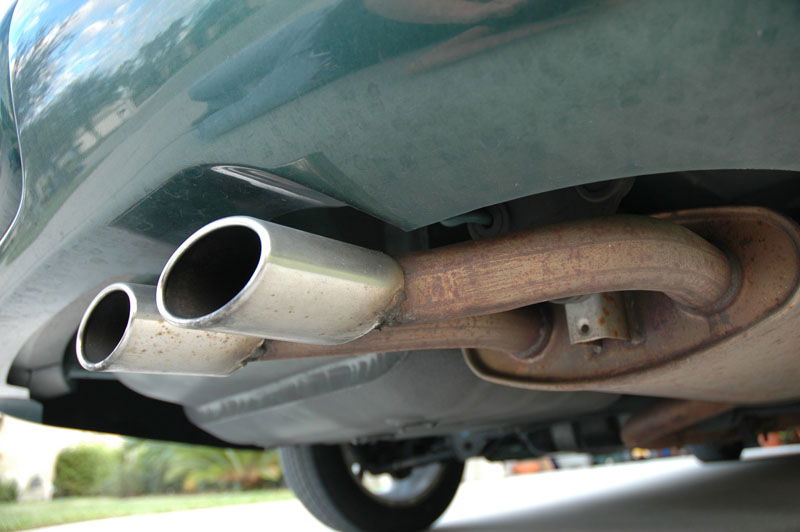
This is what happened to cars in the 1970s - emission regulations required engines to operate with restrictive exhaust systems, and the U.S. market was especially brutal. Big V8s still made gobs of torque, but airflow restrictions didn’t let them rev. They still had plenty of twist down low, but ran out of steam just when the real fun was about to begin.
The million-dollar question then is which is better: High revving, small displacement engines or large-displacement engines with lower rev limits? That is really a matter of opinion, because there are so many other factors to consider. Forced induction and gearing certainly make a difference in performance, as does mass, size, and intended use. And it’s not like manufacturers aren’t making big engines that rev like crazy or small engines with lots of twist. But we can at least draw some general conclusions.
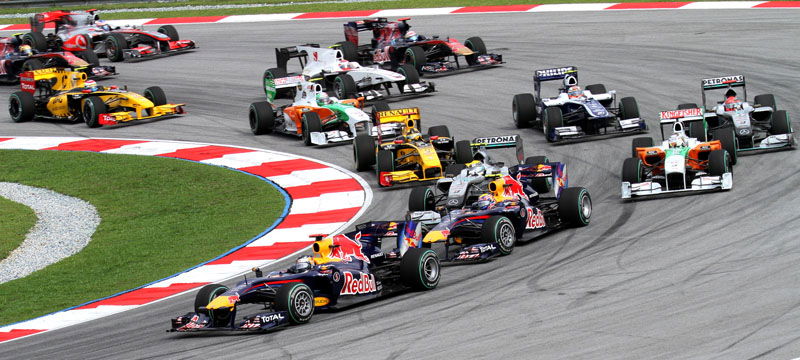
In racing applications, having a wide RPM-range to work with provides more flexibility on the track. Low-end power isn’t nearly as critical because the engine is always operating in the upper ranges. F1 is the perfect example of this with the current 1.6-litre engines making roughly 600bhp and spinning to 15,000 RPM.
In street applications, it’s not that simple. It would take a massive clutch drop for that F1 engine to move a Dodge Ram pickup truck despite having 600 horsepower, and I shudder to think of how long such a mill would last toting three tonnes of ‘Murica. That’s the difference torque makes - it gets things moving so horsepower can keep things moving. And if you’re spending a majority of your time on the street running in the lower RPM range, having something with strong low-end power is at the very least going to be livelier to drive, and easier to enjoy for every day use, because it gets you moving quicker.
But now we’re talking opinion, and that’s for another time. Hopefully you’ve learned a bit more about torque and how it applies to the cars we love.
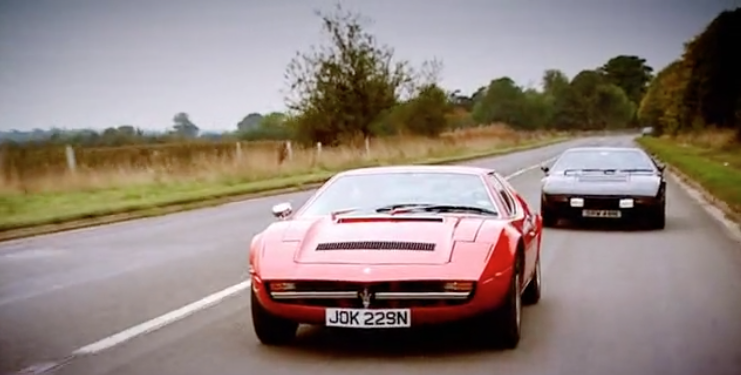
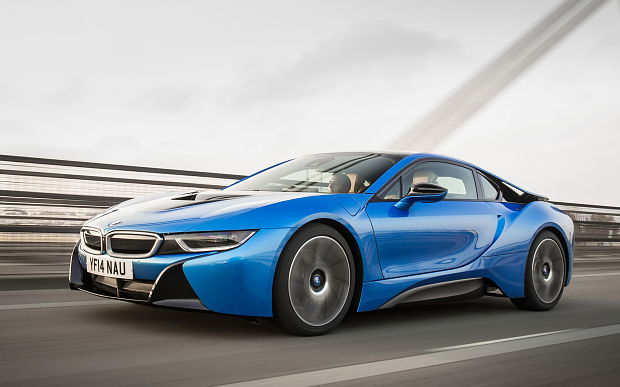
Comments
Torque is how much your car can pull and horsepower is how quickly it can do it. Say you have 400lbft of torque but at 3000rmp, it’s the same as having 200lbft of torque but being able to deliver it at 6000rpm, you have half the twisting force but being delivered at twice the speed meaning they both will have the same horsepower.
I feel like this blog post quite doesn’t catch the real physics behind this “torque vs horsepower” mania. It only takes a look at some of the conclusions you can make from torque and power output of piston ICE, without really explaining. There is no “versus” in between the two. Normally, there is two different approaches of a mechanical dynamic system, one of which is force-based (torque in the case of rotational motion) and the other is energy-based (power in the case of a time-based dynamic system, where it is more pratical to use energy per unit of time, or power). While both are different, they are complementary too, meaning it is sometime easier to give system characteristics using both approach, as one gives information about force and the other information about how force is distance-wise (and time-wise in this case).Really, you would never need the power curve for an engine, just the torque curve. But if you are giving only 2 sets of data (as per a car brochure), giving both max torque value AND max power value gives a better idea of the performance of a piston ICE.
This is pretty good but still doesn’t quite explain the difference. The most confusing aspect of differentiating torque and horsepower is that they measure the same thing: the amount of spinning power. So why are there two different units?
Torque is much easier to explain. If you attach a foot-long wrench to a bolt and then hang a one pound weight off the end of the wrench, it’s exerting one foot pound of torque. This is a simple example anyone can relate to. It can be thought of as how much force you’re exerting on a lever.
Torque makes sense in the context of a stationary object. Putting all of your body weight onto a tire iron to loosen a rusted lug nut illustrates the concept. Horsepower gets slightly more complicated because the object is already spinning. Even though we’re doing the same thing — exerting twisting force on a shaft — the crankshaft is already in motion. A better analogy for horsepower is riding a bicycle. If you’re riding a standard bicycle (with a freewheel, not a fixed gear), and you’re already moving, in order to make the bike go faster, you not only need to exert force on the pedals, you have to actually move your feet in a circle faster than a certain RPM as well. Imagine you’re cruising down a hill in a low gear; if you slowly rotate the pedals and never actually engage the clutch, you’re never adding any force to the bike. You can think of horsepower as the ability to exert pressure at a given speed. This is the key.
That ‘torque x RPM /5252 = HK’ can also explain why diesel engines have such high torque numbers and so little HK. and why torque or HK in a diesel can’t really be compared to a normal petrol engine
My torque/power crosses over at 3250
Wait, so if I had 15000 RPM’s in my S2k, then it’d produce 400 bhp……. whoaaaaaa
Reading all the comments, I’m starting to think im lost.. Suddenly everyone is a scientist or engineer.. Where are all trash talkers?
horsepower is how fast you hit the wall, torque is how far you take the wall with you.
Nice explanation. Okey, but this article raises the next question. If the engines are the airpumps, and getting more air with big pots means you get all of the air at once at the beginning. So what if we will rev it up. It will get more air in. What stops us from doing that?
Pagination